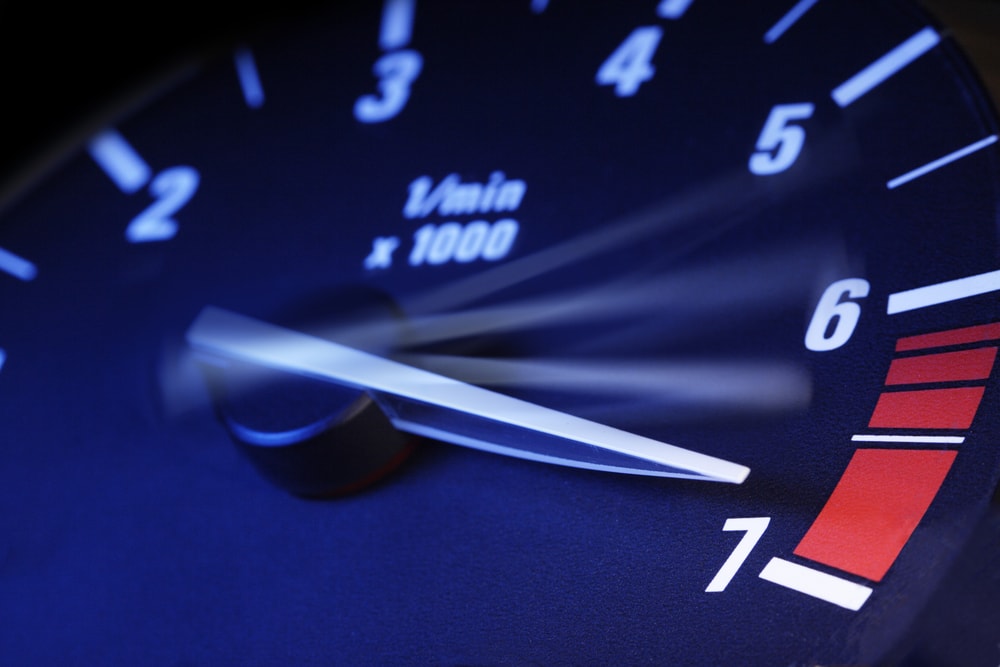How to Pick the Right Tachometer for Your Car or Bike
How to Pick the Right Tachometer for Your Car or Bike
Blog Article
Exploring the Functions and Benefits of a Tachometer: A Comprehensive Guide for Car Enthusiasts
From giving real-time data on engine rate to assisting in maximizing equipment changes, the tachometer serves as more than just a dial on the control panel. Its diverse features not only enhance driving experience however likewise play an essential role in preserving engine health and wellness and efficiency.
Understanding the Essentials of a Tachometer
In the realm of automotive instrumentation, recognizing the basics of a tachometer is necessary for any automobile fanatic looking to delve into the intricacies of engine performance tracking. A tachometer, often shown on the control panel of a car, measures the engine's transformations per minute (RPM)
Tachometers usually have a range marked in revolutions per minute, with a redline showing the optimum speed at which the engine can securely operate (tachometer). This info is essential for preventing engine damage and enhancing equipment moving for hand-operated transmissions. Additionally, tachometers can assist in identifying engine problems such as misfires or a falling short ignition system by identifying irregular RPM readings
Value of Checking Engine Rate

The engine rate, measured in changes per minute (RPM), suggests how quick the engine's crankshaft is revolving. Keeping an eye on engine rate is especially critical during equipment changes, as it helps vehicle drivers identify the ideal time to change gears for smooth velocity and reliable fuel usage.
In addition, tracking engine speed can additionally provide useful understandings into the general wellness of the vehicle. Unusual changes in RPM might indicate issues such as a stopped up air filter, gas system troubles, or even engine misfires. By discovering these problems early on with the tachometer readings, motorists can resolve potential issues immediately, protecting against more severe damage and costly repair work down the line. Generally, checking engine rate with a tachometer is a basic technique that can enhance driving performance, prolong engine life, and ensure a safer and much more pleasurable driving experience.
Enhancing Performance Through Equipment Shifts
Maximizing efficiency through strategic equipment changes is an essential aspect of optimizing an automobile's efficiency and power result. Correct gear changing guarantees that the engine operates within its optimal power band, enabling smooth velocity and improved gas economic climate. When shifting equipments, it is vital to focus on the engine rate suggested on the tachometer. By keeping track of the engine changes per min (RPM), drivers can establish the most opportune minutes to upshift or downshift for optimal efficiency.

To accomplish peak efficiency via equipment changes, drivers ought to practice smooth and timely shifts in between equipments, matching engine rate with roadway rate to harness the complete possibility of their vehicle's powertrain.
Making The Most Of Effectiveness With a Tachometer
Grasping the art of equipment moving in high-performance automobiles not just improves driving experience yet additionally plays a critical duty in maximizing efficiency with a tachometer. tachometer. By paying close attention to the tachometer readings, drivers can optimize their equipment changes to run within the engine's most reliable variety. When increasing, shifting gears click to read more at the ideal RPM suggested by the tachometer can protect against the engine from overworking or underperforming, causing enhanced fuel efficiency and overall efficiency
In addition, a tachometer assists chauffeurs avoid unneeded visit revving, which not just squanders fuel yet likewise puts unneeded stress on the engine. Regularly keeping an eye on the tachometer while driving enables for smoother gear changes, minimizing wear and tear on the transmission system over time.

Advanced Tips for Tachometer Use
To dive right into innovative ideas for tachometer use, think about integrating the use of shift lights. Change lights are aesthetic indications that light up when it's time to move gears based on engine revolutions per min (RPM), enabling for seamless gear adjustments without regularly checking the tachometer. By fine-tuning change points and establishing alerting thresholds, drivers can maximize velocity and engine performance while minimizing the threat of over-revving.
Final Thought
Finally, the tachometer serves as a crucial device for automobile enthusiasts to monitor engine rate, enhance efficiency through equipment shifts, and take full advantage of efficiency. By recognizing the features and advantages of a tachometer, motorists can optimize their driving experience and lengthen the life expectancy of their lorry. Using advanced ideas for tachometer usage can better enhance driving abilities and overall efficiency on the road.
Report this page